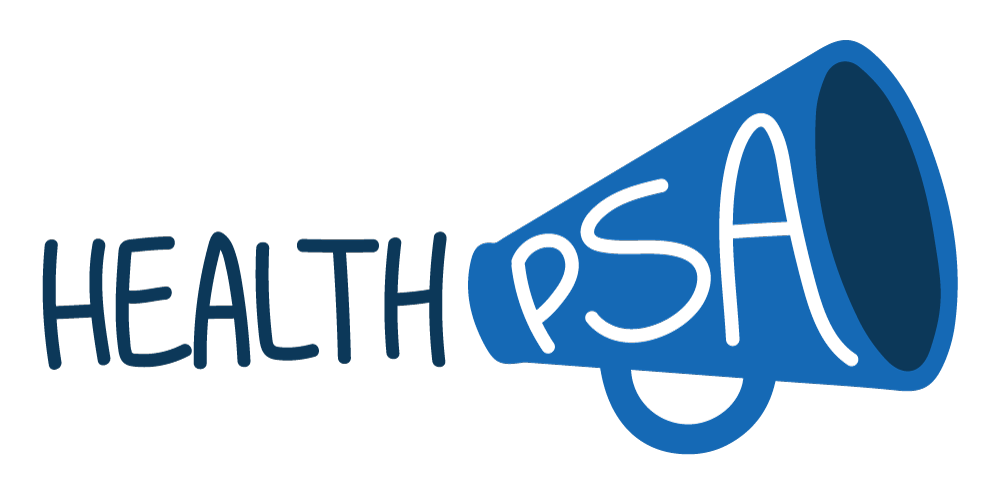 We are all vulnerable to microscopic bacteria that can make us desperately ill and threaten our long-term health. What makes them such a dangerous threat is that they’re present everywhere, even in our own homes and on surfaces we come in contact with every day. And that’s not all. Even common household dust, sprays, cleaning fluids and objects that make our homes smell good can combine to make us desperately ill. It’s important to be aware of how the chemicals we use to clean our homes and the tiny microbes they’re meant to control can affect our health.
We are all vulnerable to microscopic bacteria that can make us desperately ill and threaten our long-term health. What makes them such a dangerous threat is that they’re present everywhere, even in our own homes and on surfaces we come in contact with every day. And that’s not all. Even common household dust, sprays, cleaning fluids and objects that make our homes smell good can combine to make us desperately ill. It’s important to be aware of how the chemicals we use to clean our homes and the tiny microbes they’re meant to control can affect our health.
Danger in the fridge
The refrigerator probably isn’t the first thing you think of when it comes to germs. Spilled liquids and pieces of rotting food that collects in trays and shelves provide ripe breeding ground for molds, which can make you very sick. The electric coils in your freezer collect dust that’s released into the air if not kept clean. Whatever you do, pay careful attention to the vegetable and fruit drawers, a potential breeding ground for dangerous microorganisms that can cause infections. A regular application of warm water and baking soda can keep this vulnerable, easy-to-overlook part of the fridge safely clean.
Bed clothes
Your bed is supposed to be your private and personal refuge, yet it can quickly become a haven for dust mites if your bedroom isn’t properly ventilated. Mites are among the most dangerous of all household threats if you suffer from allergies, hay fever, or even a common cold. It’s recommended that you air out the bedroom every day and wash bed linens using antibacterial detergent. This will help prevent the spread of bacteria.
Watch for mold
Aided by moisture, mold can grow very quickly on a variety of household surfaces, everything from wood and drywall to wallpaper. Mold buildup is very dangerous, particularly for people who suffer from asthma and who are vulnerable to severe allergic reactions. Watch for musty smells, discoloration on the walls or ceiling, peeling of wallpaper or other instances of water damage. Mold sickness can be manifested by an array of symptoms that may include sneezing, coughing or rashes. Consider investing in a high-quality filterless air purifier to help rid your breathing air of mold, bacteria and other dangerous airborne pollutants like dust mites and mold spores.
Fragrances
The commercial sprays and air fresheners we use to keep our homes smelling nice contain chemicals that can, over time, make us very sick. In fact, the Environmental Protection Agency has reported that plug-in air fresheners consist of petrochemicals, formaldehyde and aerosol pollutants, and essentially emit a constant flow of pollutants into the air. Formaldehyde is particularly dangerous, causing impaired breathing and cancer in lab animals. Try substituting coffee grounds, lemon peel or baking soda, natural substances that are just as effective at freshening your breathing air.
A well-regulated HVAC system
A poorly regulated HVAC system can play havoc with your body. If your body has to constantly adjust for fluctuations in temperature, it can disrupt blood supply to the heart. It can also lead to eye infections or excessive nighttime coughing. A humidifier can be helpful, as can making sure temperatures are consistent from room to room.
It’s human nature to assume that all’s well in our homes. After all, you can’t see the bacteria, mites and other pollutants that threaten your health. Make sure to clean regularly and use natural products when you clean. Your indoor air and your health depend on it.
Courtesy of Pixabay.com.
